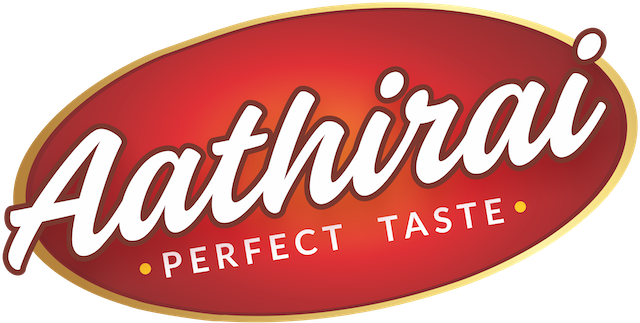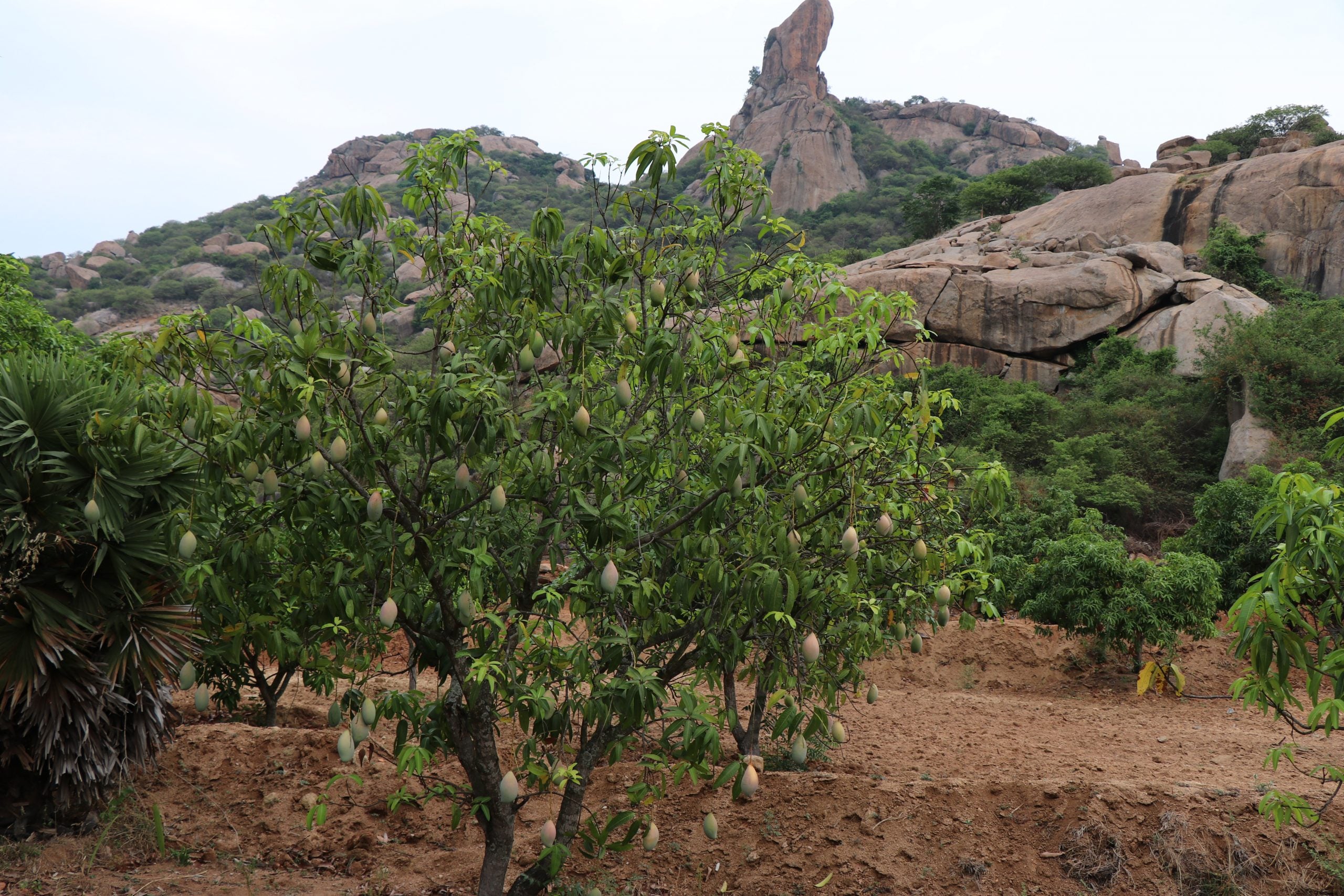Mangoes, it’s an emotion! It’s been our summer favorite fruit! This tropical fruit is our national fruit and why not? India accounts for 56% of the world’s mango production, boasting of more than 1000 varieties. Banganapalli , Pairi, Neelam, Alphonso, Himsagar, Dussehri , Totapuri, Kesar, Chausa, Langra are some of the mango cultivars available in India.
Mango Production statics in India

Mangoes got the name “the king of fruits”, probably because they are the most versatile among all other fruits. They can be used in salads, desserts, smoothies and a variety of other dishes. The popular drinks in North India, Aamras, Aam ka panna and Mango lassi are quite refreshing.
Each region has its own favourite mangoes, depending on the way they are used or eaten. The Banganapalli variety is popular in the Deccan region. Gujaratis and Maharastrians like their Alphonso and Kesar. While the northern part of India consumes Langra, Safeda and Dussehri.
In addition to its sumptuous tropical flavor, mangoes also contain a host of nutrients, making them a superfood. It helps our body to improve immune function, cardiovascular and neurological functioning. Mangoes are one of the richest sources of Vitamin C, also a good source of folate and copper, Mangoes also provide a lot of fiber and Vitamin A.
There are endless mango recipes from breakfast smoothies to Mango salsa. But we Indians are particularly fond of spicy dishes, which is why Mango pickle is an integral part of every Indian household. They are quite different from their foreign counterparts. Usually, pickle means any vegetable or fruit soaked in saline water or vinegar. But we have a lot of different spices and herbs in them. They are rich in taste and texture, a result of mixing ingredients like, chili powder, coriander powder, ginger, garlic, turmeric, mustard, cumin, fenugreek, etc. Pickled mangoes are often consumed as a topping to meals. Though pickling is a tedious task, the result is extremely rewarding with their exquisite taste.

In India, each part of the country has its own version of mango pickle. Different methods are used to pickle mango. Some use sun-drying, while some use parboiled or hot oil cooking methods. Broadly there are two types: tender mango pickle and cut mango pickle. Cut mango pickle is the most common, while tender mango pickle is popular in Southern India. Here is a brief look into some of the popular types of mango pickles and how they are made.
Cut Mango Pickle
Cut mango pickles are the most common and simple ones. Choose mangoes that are sour, hard and fresh. The mangoes are cut into small cubes. Pop some mustard in oil, sauté mango cubes and mix them with chilli powder, turmeric powder, powdered fenugreek and asafoetida. Some may add ginger and garlic as well. Once all the spices are incorporated into the mango pieces, pour a little bit of vinegar. Vinegar is used as a preservative for the pickle.
Home Made Pickle - Aathirai Premium Mango Pickles
Tender Mango Pickle
Tender mango pickle, also known as kadumanga achar, is a mango pickle made out of whole baby mangoes. This is popular in South India. This is a very easy pickle to make and also requires only a few ingredients. The small mangoes are collected when the mangoes just start to grow and are soaked in salt water for at least 2 weeks. Mangoes are later separated from saline water. Add mustard powder, chili powder, turmeric powder, fenugreek powder and asafoetida powder to the salt water and then put the mangoes back into the saltwater mix. Let the mangoes sit in the salt water for a few days before taking them out for eating. After another 2 weeks you’ll get a pickle with all the flavors and juicy tender mangoes.
Andra Avakaya Pickle
Andra cuisine is well known for its hot and spicy flavor, and this pickle is no exception. The ingredients needed for this pickle are raw mango, mustard seeds, red chili powder, fenugreek seeds, salt, chickpea powder, turmeric powder, and sesame oil. Dry ingredients are sun-dried before powering and adding them. This can help in longer shelf lives of pickles. Otherwise, pickles will ferment and get spoiled because of moisture. Pickle jar is also sun dried. The hotter, the sooner the pickle will get ready. All the ingredients are mixed well with mango so that all the spices get incorporated very well in the pickle.
Bengali Mango Pickle (Tok misti aam er achar)
This is a sweet and sour pickle. Raw mangoes are cut into wedges and sun dried. Dry roast whole spices and ground them. All ingredients and mixed with melted jaggery and pour some hot mustard oil. A finger licking pickle is ready!
Rajasthani Pickle
This is also a spicy pickle, but is quite different from the south Indian version. The cut mango pieces are soaked in saline water for a few days. Ingredients like chilli powder, star anise, fenugreek powder and mustard powder are used in this recipe. The soaked mango pieces are taken out and dried completely. First oil is added and the rest of the ingredients. This pickle will last longer if stored properly.
Punjabi Mango Pickle
The Punjabi Aam Ka Achar is very popular in India. This pickle has ingredients which may vary from peanut oil, fenugreek seeds, fennel seeds, lime juice, onion seeds, red chili powder, asafoetida, mustard seeds, and mustard oil.
Its tongue tapping taste makes it the most common pickle of Northern India. The pickle is best when mango pieces are raw and marinated with salt and turmeric powder and let to settle for a day or two. All the dry ingredients should be coarsely ground and added to the cut mangoes. Lastly, pour the mustard oil into the mangoes and mix the pickle very well until all the spices blend very well. After mixing the ingredients thoroughly, transfer them into a jar and let the oil stay afloat to preserve the pickle for a long time.



